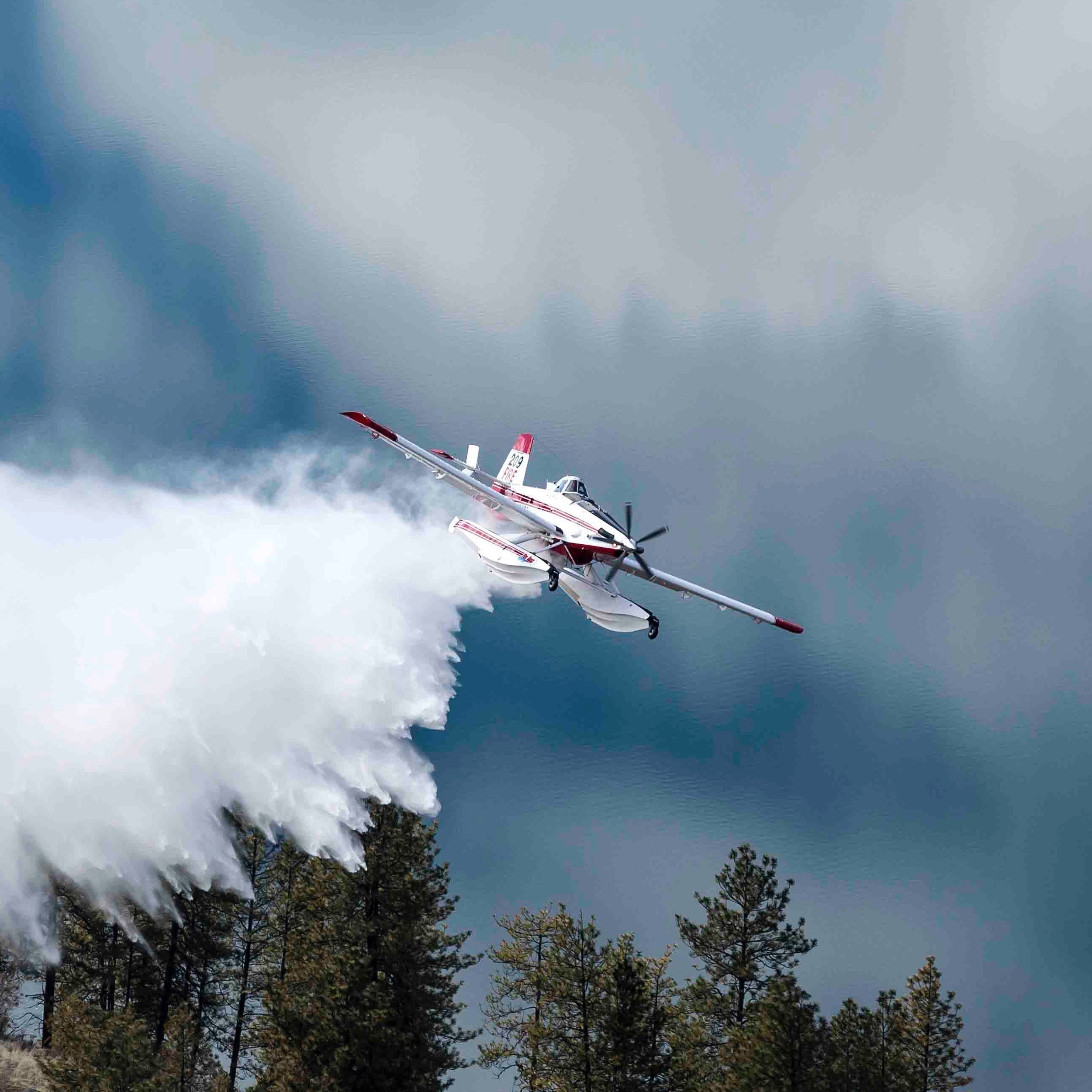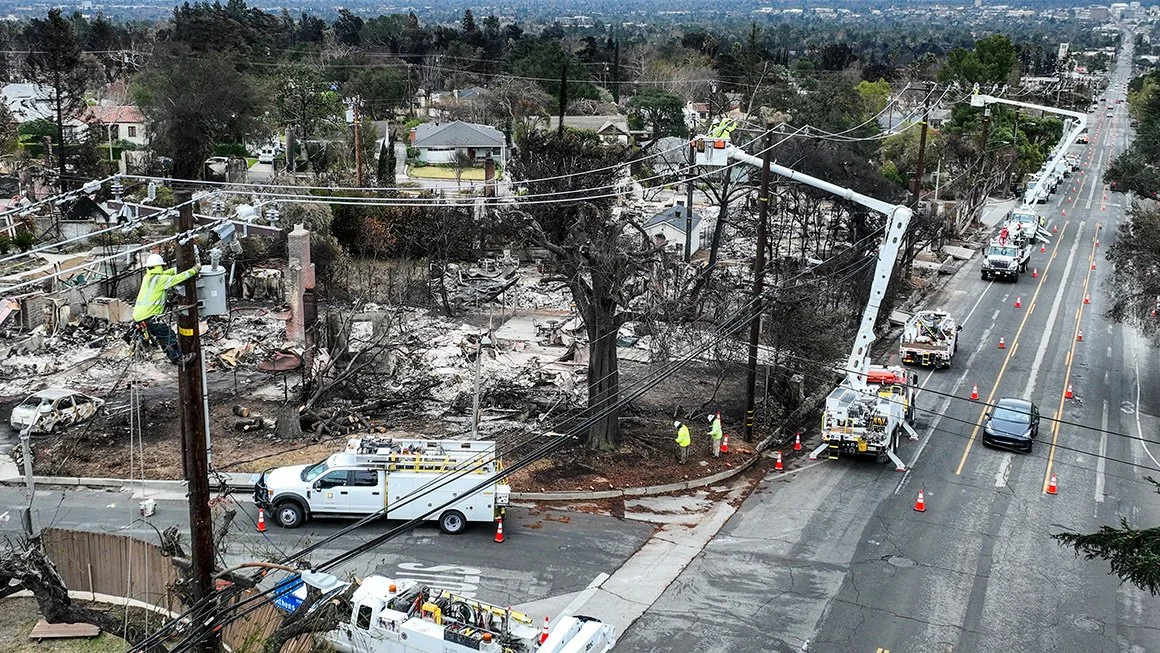
The Fire Nest Project
Rapid Low-Cost Forest Fire Reduction Plan
Forest fires have a profound impact on wildlife, habitats, and local economies. They lead to the loss of biodiversity, disrupt natural ecosystems, and cause long-term ecological damage as habitats are destroyed. The aftermath places significant financial burdens on communities, disrupting local economies and livelihoods. To address these challenges, an investment of $65 million is required to implement effective preparedness and mitigation strategies that will protect forests, reduce fire risks, and safeguard both the environment and local economies. This investment will lay the foundation for long-term resilience and help ensure that we can combat the escalating threats of wildfires more effectively.
Overview
Impact on Wildlife
Forest fires cause significant loss of wildlife
Disrupt natural ecosystems and threaten biodiversity
Habitat Destruction
Destroy habitats, leading to long-term ecological damage
Contribute to the loss of biodiversity
Economic Burdens
Place heavy financial burdens on communities
Impact local economies and livelihoods
Preparedness and Mitigation
Implement effective strategies to protect forests
Reduce risks and mitigate fire damage
Summary:
Forest fires have a devastating impact on wildlife, destroying habitats and threatening biodiversity. The destruction of ecosystems leads to long-term ecological damage, while communities face substantial economic burdens in the aftermath. Implementing effective preparedness and mitigation strategies is essential to protect forests, reduce fire risks, and safeguard both the environment and local economies
Objectives and Goals
Reducing Response Times
Minimize response times to forest fires
Ensure quicker action to protect lives and property
Innovative Firefighting Technology
Deploy low-cost, innovative aviation technology
Enhance ability to manage and control wildfires more effectively
Community Collaboration
Foster collaboration with local communities and governments
Strengthen wildfire preparedness and response efforts
Summary:
Our goal is to reduce response times to forest fires, ensuring faster protection of lives and property. By leveraging innovative, low-cost aviation technology, we aim to improve wildfire management and control. Additionally, collaborating with local communities and governments will be key to enhancing overall wildfire preparedness and response efforts.
Expected Results
Economic Benefits
Minimize wildfire damage
Reduce recovery costs
Low Cost circulatory trainging for new Pilots and Technicians.
Community Safety
Enhance safety for residents
Ensure communities feel secure from wildfire threats
Disaster Response Enhancement
Improve disaster response capabilities
Enable faster, more effective actions during wildfire events
Summary:
Implementing our firefighting methods will not only yield substantial economic benefits by minimizing damage and recovery costs, but also enhance community safety by ensuring residents are better protected from wildfire threats. Furthermore, our approach will significantly improve disaster response, enabling quicker and more effective actions during wildfire events.




